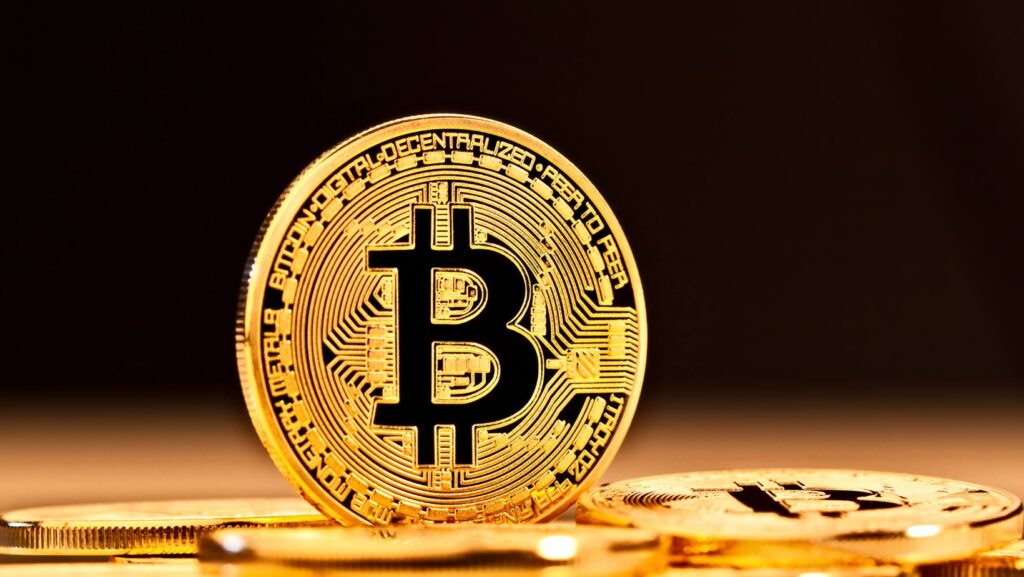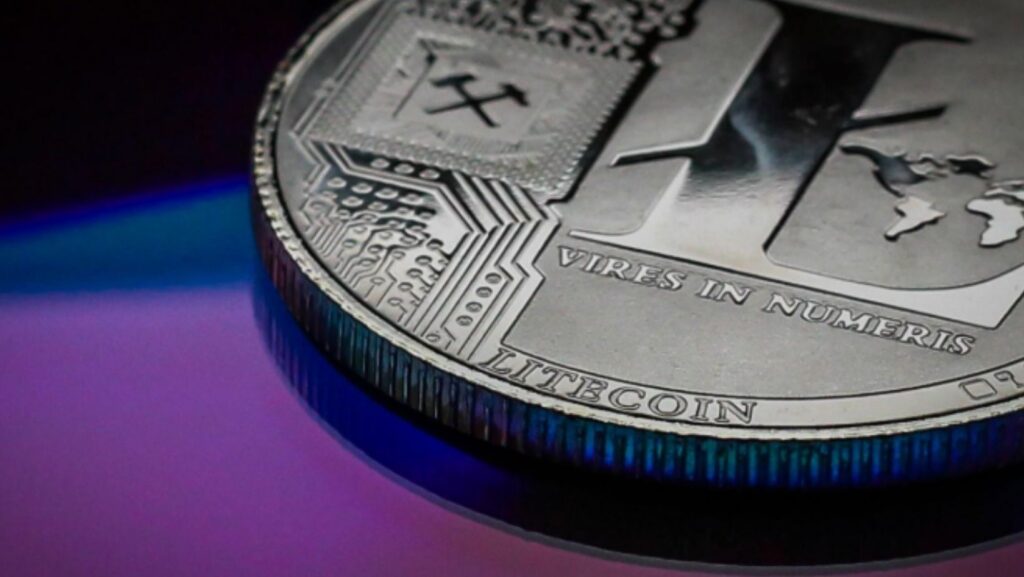Cryptocurrency transactions have revolutionized financial services since that guy from the Bitcoin Pizza Day incident decided to take them seriously, about 15 years ago. The event also helped Bitcoin establish dominance in the crypto world as the pioneer, even though there are thousands of other cryptocurrencies in the world today.
Here’s how Litecoin has found its place in online transactions, funding virtual and real-life goods, as well as a plethora of entertainment options, unbothered by its older brother’s popularity.
Heavyweight Technology
Litecoin (LTC), as its name suggests, was created to be a lighter and more affordable version of the cryptocurrency titan. Indeed, it has been doing so exceedingly well since its inception in 2011. Litecoin has been nicknamed “the digital silver,” contrasting with “the digital gold” represented by Bitcoin.
The comparison seems legit: gold is expensive and challenging to trade in daily life, while silver runs in the veins of the financial system in every coin. LTC was developed and launched by former Google engineer Charlie Lee, using a similar codebase to BTC but aiming at faster and cheaper transactions.
Bitcoin remains the most popular cryptocurrency, but when it comes to technology, there’s always room for development and improvement. While it still beats traditional financial transactions by a mile, it’s no longer the fastest kid on the block(chain), nor the cheapest. Bitcoin fees typically cost about USD 7.60 per transaction, while Litecoin fees can be as low as USD 0.03.
LTC also lives up to its name when compared to BTC in terms of transaction times, being up to 400% faster. Both cryptocurrencies claim to facilitate instant transactions, but, truth be told, none of them actually does. While BTC transactions can take up to 10 minutes to be confirmed, LTC goes from one wallet to another in 2.5 minutes.
Virtual Money, Real-Life Goods and Services
The online community didn’t take long to realize LTC’s potential to become an “everyday crypto” for e-commerce and other virtual transactions. Bitcoin’s network can process only seven transactions per second, and Litecoin’s network can process up to 56. That’s why several online gaming platforms support Litecoin as a payment method. Unsurprisingly, the LTC gambling community has also grown in the past few years.
Nowadays, cutting-edge online casino and sports betting platforms like Bitcasino offer a wide range of games and markets where Litecoin holders can have fun. For those playing fast-paced casino games or placing live bets on their favorite matches, a few minutes of transaction time can make or break the entire experience.
Furthermore, Bitcoin’s lighter sibling can be used for micro-gambling and betting, where players can fund their games with laughable amounts and very low risk. However, its benefits extend beyond the online gambling world, fueling the innovative “play-to-earn” model, where players must complete tasks and missions in exchange for small (but valuable) cryptocurrency prizes. Alternatively, they can buy or cash out in-game items using this crypto.
A Light (But Solid) Investment
Litecoin is one of the oldest and most established cryptocurrencies, regarded as a viable option for financial investments. Investing in crypto assets is inherently risky due to the market’s volatility, and that’s why the most successful investors are often also the best-informed ones. In this context, it’s worth noticing that LTC has one of the largest market capitalizations in the crypto world, surpassing USD 7 billion.
It’s considered a deflationary asset, with a supply cap of 84 million coins that remains unchanged after halving events. In other words, it’s less susceptible to sudden spikes or nosedives than options like BTC, for instance. Partially, this explains why it’s also growing in institutional adoption, including the probable approval of Litecoin ETFs by the SEC (Securities and Exchange Commission).
Additionally, Litecoin hasn’t stopped; it relies on a vibrant community of innovative thinkers and specialists dedicated to the ecosystem’s continuous improvement. Recent updates, such as MimbleWimble and SegWit, have achieved significant developments in this area. Every successful update aggregates value to the currency, and investors are well aware of this fact. Typically, they resort to secure exchanges and online platforms to buy and trade LTC.
What Is Hot
Cryptocurrency prices are like the sky; it’s different every time one stares at it. That’s why it’s “easier” to predict their fluctuations in the long-term.

So far, market predictions for LTC prices in 2025 have been positive or at least neutral. Optimistic predictions forecast a value of USD 198 as its highest, but most predictions agree that any value under USD 100 would represent a bearish period.
What Is Not
Litecoin may have surpassed Bitcoin in terms of transaction fees and timeframes (not to mention affordability), but it has some strong contenders in its own league. Solana (SOL) and Ripple (XRP) also fit Litecoin’s description and are currently competing for ETF approvals from the SEC. It’s indeed increasing its institutional acceptance, but options are still quite limited when compared to other popular cryptos.
Litecoin and NFTs
Non-fungible tokens (NFTs) are often connected to Ethereum’s (ETH) network, but they can also be minted and traded on the LTC network. In fact, Litecoin is directly responsible for the lasting hype for NFTs, redefining the concepts of digital art and ownership. Ethereum remains the most popular blockchain for NFT-based transactions, so popular that high gas fees and congestion have become normal.
As it turns out, Litecoin also beats Ethereum in terms of transaction speeds and costs. That’s why creators have been changing blockchains: it’s much cheaper and faster to trade tokenized assets there. Additionally, it provides greater scalability, meaning the system is prepared to handle an increasing number of users and operations.
Ethereum is still the dominant force in the NFT market, registering transaction volumes above USD 400 million. Nevertheless, Litecoin-based NFTs are experiencing rapid growth, indicating a potentially sharp upward trend. Factors such as scalability and speed make it a reliable long-term option.
A New World For Gaming
The combination of cryptocurrencies and NFTs has opened vast avenues for innovation in the online gaming industry. While LTC provides a quick and secure payment option, the acquisition and trading of non-fungible tokens enable unique gambling, betting, and gaming options. Players could use NFTs of their favorite athletes to unlock unique betting markets, for instance.
Until recently, non-fungible tokens could only be traded on their native blockchains. However, the demand for cross-chain NFT platforms is growing. Soon, it’ll be easy to buy unique in-game assets in one blockchain and use them to play in a different one. Such development will likely attract not only more players but also more investors to this segment.
Consistently Ahead of the Curve
Litecoin’s efficiency and resilience have been thoroughly tested on numerous occasions since its inception, yielding consistently positive and encouraging results. It’s more discreet than its predecessor, rarely going through its typical rollercoaster-like price fluctuations. Indeed, its value proposition has been clear from the start: to be an affordable, reliable, and efficient medium of exchange. Not by chance, it bears the nickname of “digital silver.”
Litecoin outperforms Bitcoin and other dominant cryptocurrencies in several key criteria. Its deflationary nature and significant market liquidity make it an interesting option for more risk-averse investors. Litecoin’s story is one of pragmatic utility over hype, securing its place as an enduring pillar of the digital economy in the long haul.
